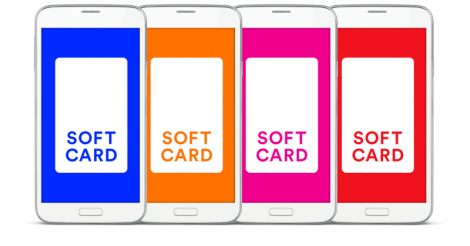Reserve Bank of India (RBI) has informed that it has given in-principle approval to National Payments Corporation of India (NPCI) for implementing Unified Payments Interface (UPI). The product will enable money transfers – both ‘Push’ and ‘Pull’ through smart phones.

The two important features of UPI are,
(i) it facilitates customer convenience by eliminating the need for providing detailed account/beneficiary details, through the use of virtual address and
(ii) it facilitates interoperability of person-to-merchant payments (both push and pull).
As regards performance of ATMs, as per RBI data, the numbers of ATMs of Scheduled Commercial Banks (SCBs) have increased from 141516 as on 31.12.2013 to 193622 as on 31.12.2015.
Between 2012-13 to 2015-16 (April-February), the debit card transactions at ATMs have increased from 5530.16 million (553.016 crore) to 7339.76 million (733.976 crore).
The value of transactions in this period has also increased from 16650.08 billion to 23114.58 billion.
RBI has also issued guidelines for licensing of payment banks in November 2014 and 11 applicants have been given ‘in-principle’ approval to set up payments bank.
The main objective of setting up of payments banks is to further financial inclusion by providing
(i) small savings accounts and
(ii) payments/remittance services to migrant labour workforce, low income households, small business, other unorganized sector entities and other users in a secured technology-driven environment.
This was stated by Jayant Sinha, Minister of State in the Ministry of finance in in Lok Sabha on May 6th.


































































































